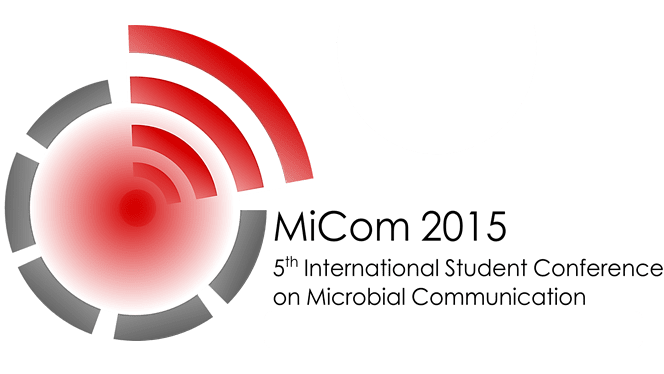
Throwback to the 5th International Conference on Microbial Communication for Young Scientists
MiCom 2015 logo
Microorganisms are ubiquitous. They are present from arid deserts to human gut and hence, it is not surprising that they form the largest and the most complex communication grids among all living beings. A manifold of mechanisms, signals and molecules participate in these communication processes and play an important role in coexistence of microbes with the higher organisms.
The key objectives of MiCom are:
- Exploring the microbial world
- Understanding the relationships microbes share with their environment, host, competitors and cooperators and the potential implications of these on the ecology
- Employing modeling and experimental approaches to study the complex networks aiding in production of certain molecules and compounds beneficial to the microbial population or simply a metabolic by-product
Thus, MiCom addresses most important aspects of microbial interactions, all captured by five special sections within MiCom. We invite all PhD students conducting research on related fields to share their findings on this interactive platform and to honor it by their participation.